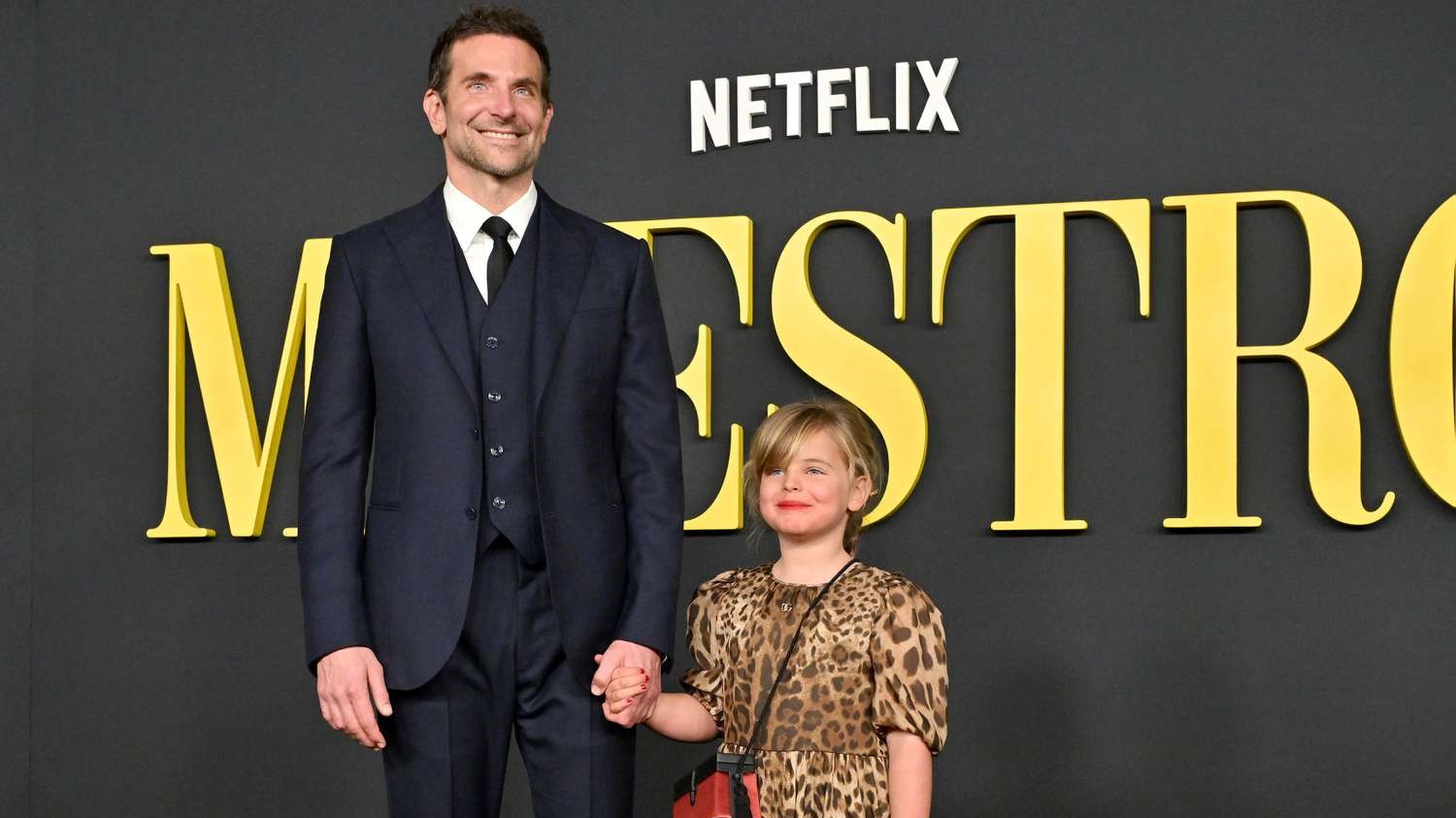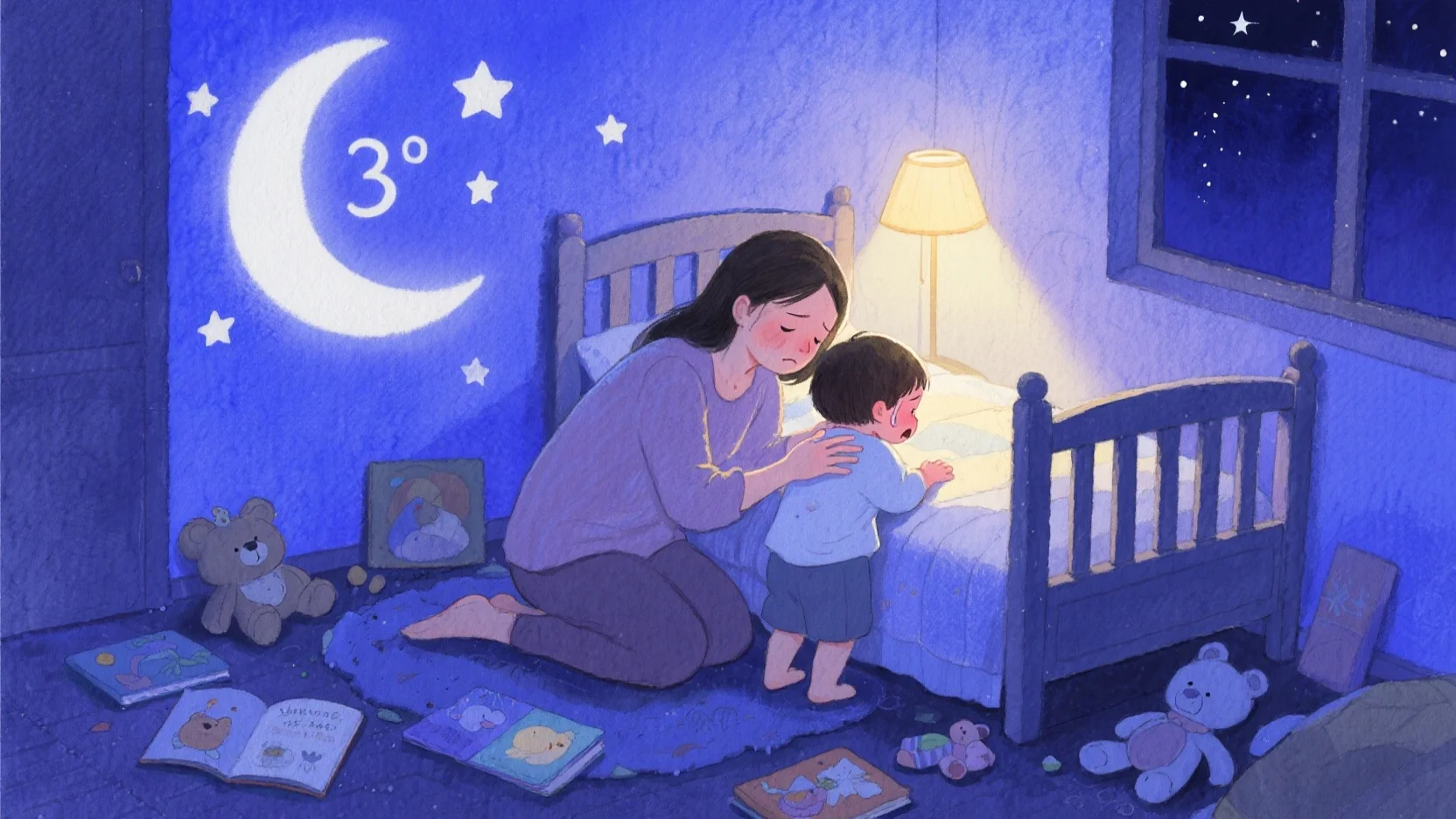If you’ve walked into a teenager’s room lately or scrolled through TikTok, chances are you’ve come across a wide-eyed, spiky-eared vinyl figure with a mischievous grin. That’s Labubu, the breakout designer toy that’s stealing Gen Z’s attention—and quietly signaling a shift in how today’s teens express themselves, connect emotionally, and even reflect the parenting trends shaping their generation.
So what’s behind this craze, and what can it tell us about how Gen Z is growing up in 2025?
More: Less is More? Labubu’s Minimalist Design vs. Kids’ Collector Mentality
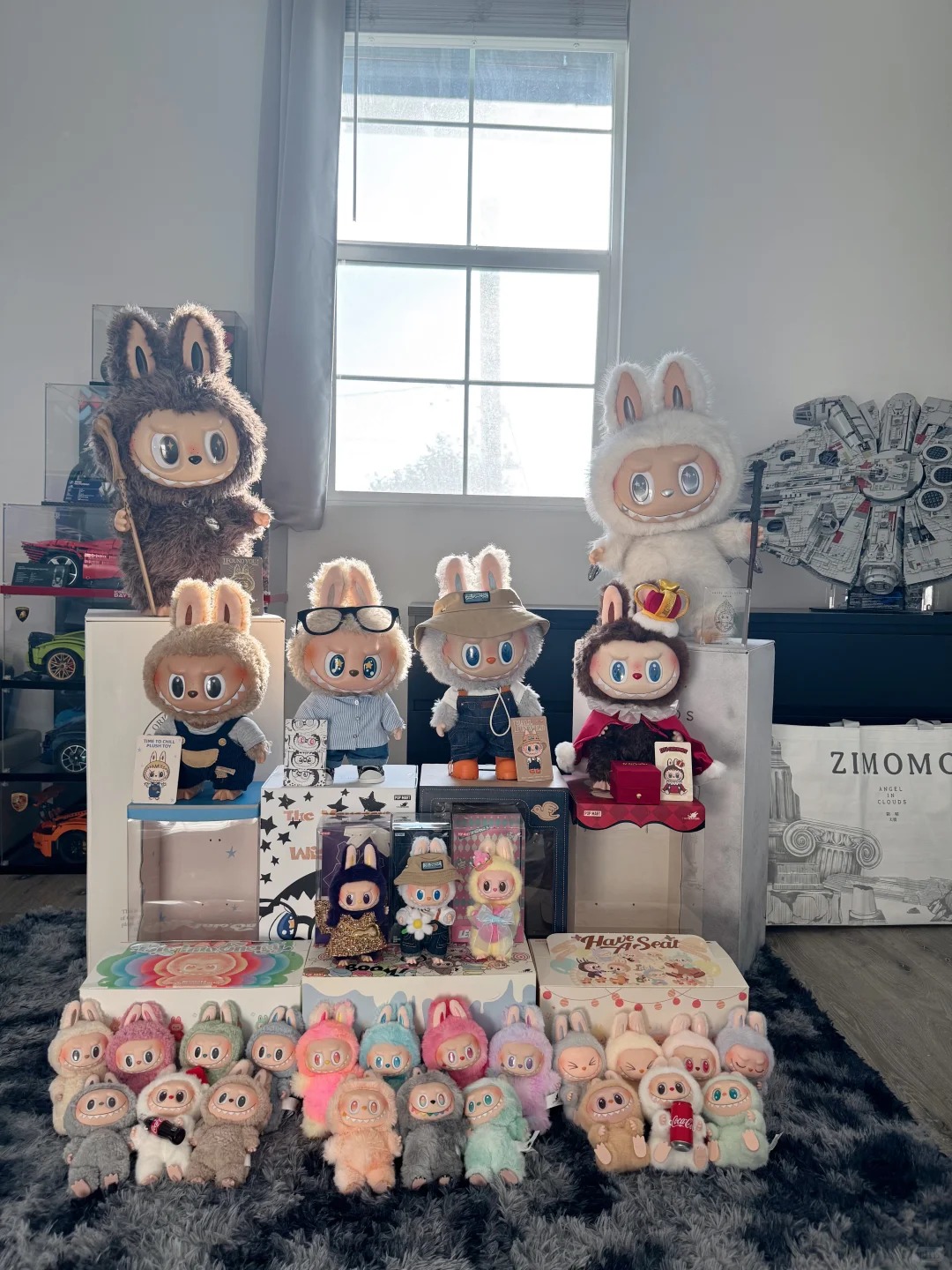
🧸 Who—or What—is Labubu?
Labubu is a fantasy creature created by artist Kasing Lung, made famous through collaborations with Pop Mart, the Chinese brand redefining the global toy market. Often described as part goblin, part woodland spirit, Labubu comes in hundreds of collectible variants—from pirates to astronauts to fairy tale mashups. These figures are sold in blind boxes, meaning you don’t know which version you’ll get until you open it.
It’s collectible, unpredictable, and highly stylized—three things Gen Z can’t seem to resist.
More: The Parenting Paradox: Why Controlling Parents Love Labubu’s Uncontrollable Characters
👁️🗨️ What Labubu Represents to Gen Z
1. Anti-Perfection Culture
Unlike mainstream toys that aim for “cute” and “safe,” Labubu embraces a weird, flawed, quirky aesthetic. In a world where teens are rejecting toxic perfectionism, Labubu offers a refreshing break from filtered beauty and idealized branding.
2. Emotional Expression Without Words
Teens today are under more emotional pressure than ever before—but also more emotionally aware. Labubu, with its oversized eyes and expressive faces, helps them externalize feelings in a nonverbal, creative way. It’s a little like a mood ring for the soul, but with fangs.
3. Collecting as Comfort
In a post-pandemic world where uncertainty has become the norm, Gen Z finds comfort in tangible routines—like unboxing toys. The act of collecting Labubu isn’t just about owning stuff. It’s about controlling something small in a chaotic world.
More: When Toys Outgrow Kids: Labubu’s Evolving Design as a Metaphor for Parenting
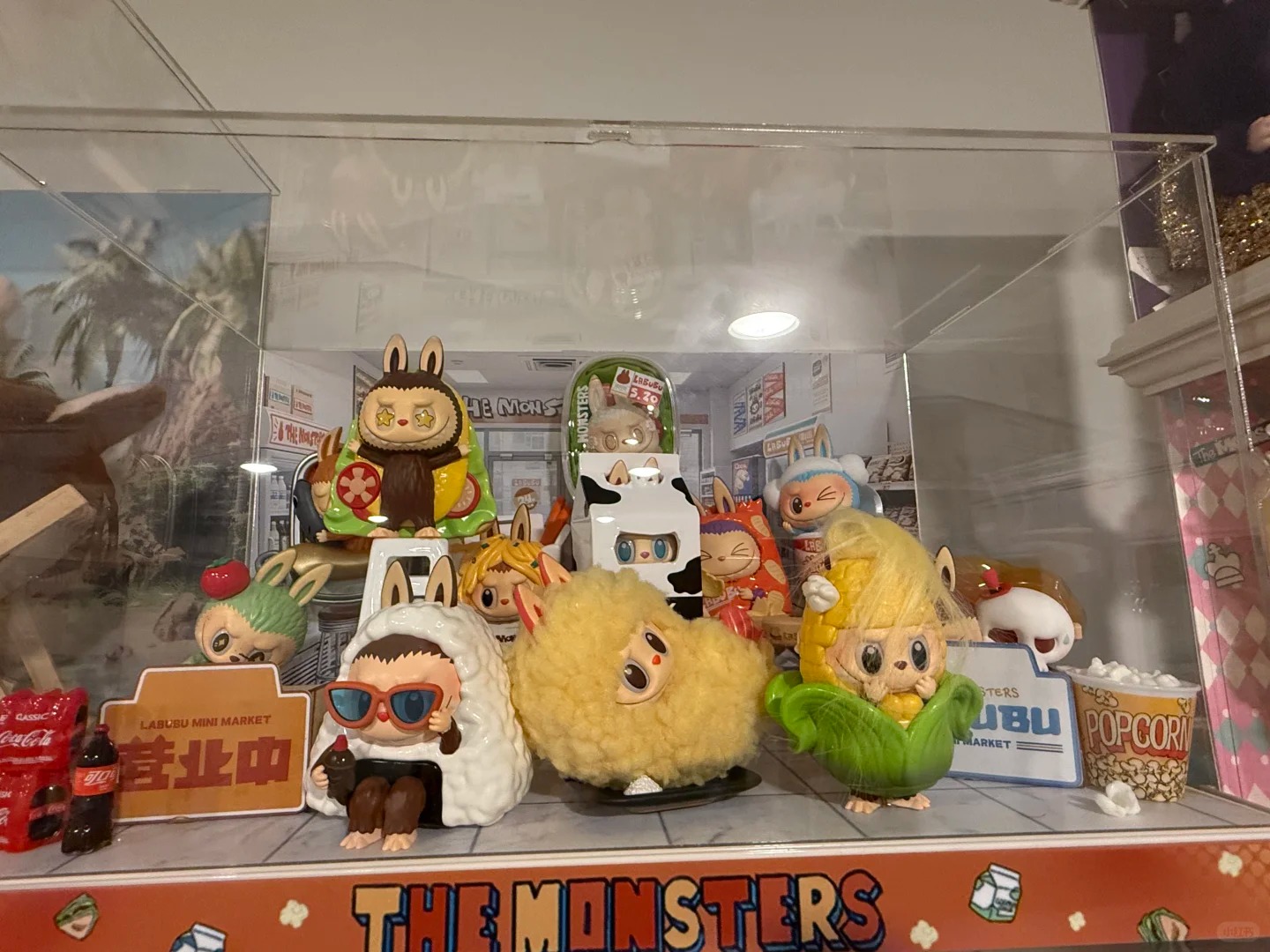
🧠 What This Says About Parenting in 2025
Labubu’s popularity among American teens reflects more than just smart toy marketing. It highlights some major shifts in parenting philosophy:
💬 More Emotional Room to Be “Weird”
Today’s parents—many of whom are Millennials—are more open to allowing their kids to explore nontraditional interests. Being “weird” isn’t a phase; it’s a form of selfhood. Labubu’s oddball appeal fits right into this parenting ethos.
🧱 Less Judgment, More Curation
Rather than dictating what’s “age-appropriate,” modern parents are coexisting with their children’s interests. Teens are building curated rooms full of meaningful collectibles—and parents are (mostly) letting them.
📦 Parenting Supports Personal Expression
The rise of Labubu among teens shows that parenting in 2025 often supports individuality over conformity. Whether through fashion, pronouns, or designer toys, parents are fostering safe spaces for identity play.
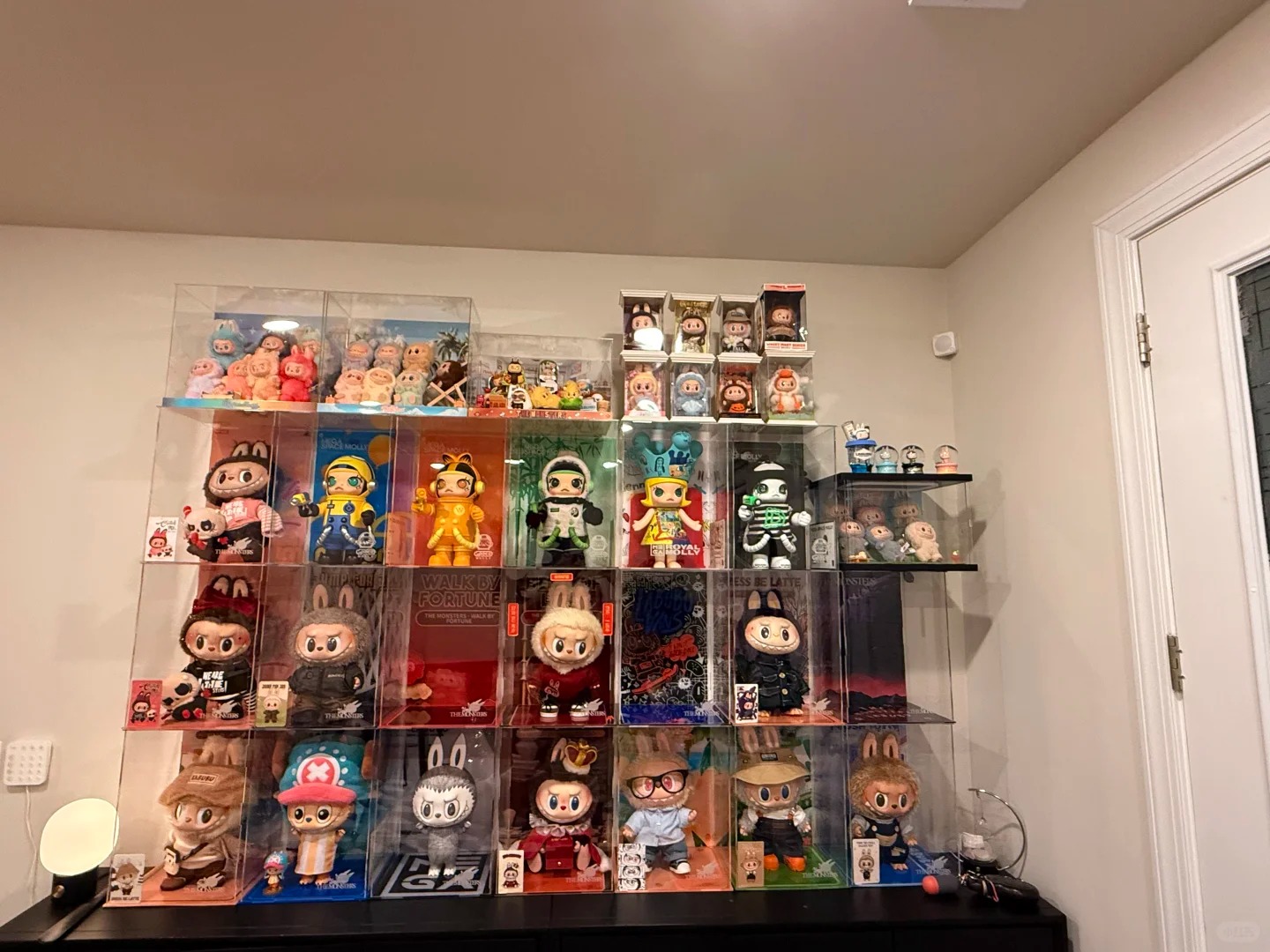
💡 Final Thoughts
Labubu may just be a vinyl toy—but its popularity among Gen Z is deeply revealing. It’s a visual language for a generation raised with emotional intelligence, aesthetic fluency, and a taste for the unconventional.
For parents, it’s a reminder that the weird little things your kids love? They’re not distractions. They’re reflections.
And if you’re wondering whether to say yes to the next blind box?
Maybe you’re not just buying a toy.
You’re saying yes to self-expression.

